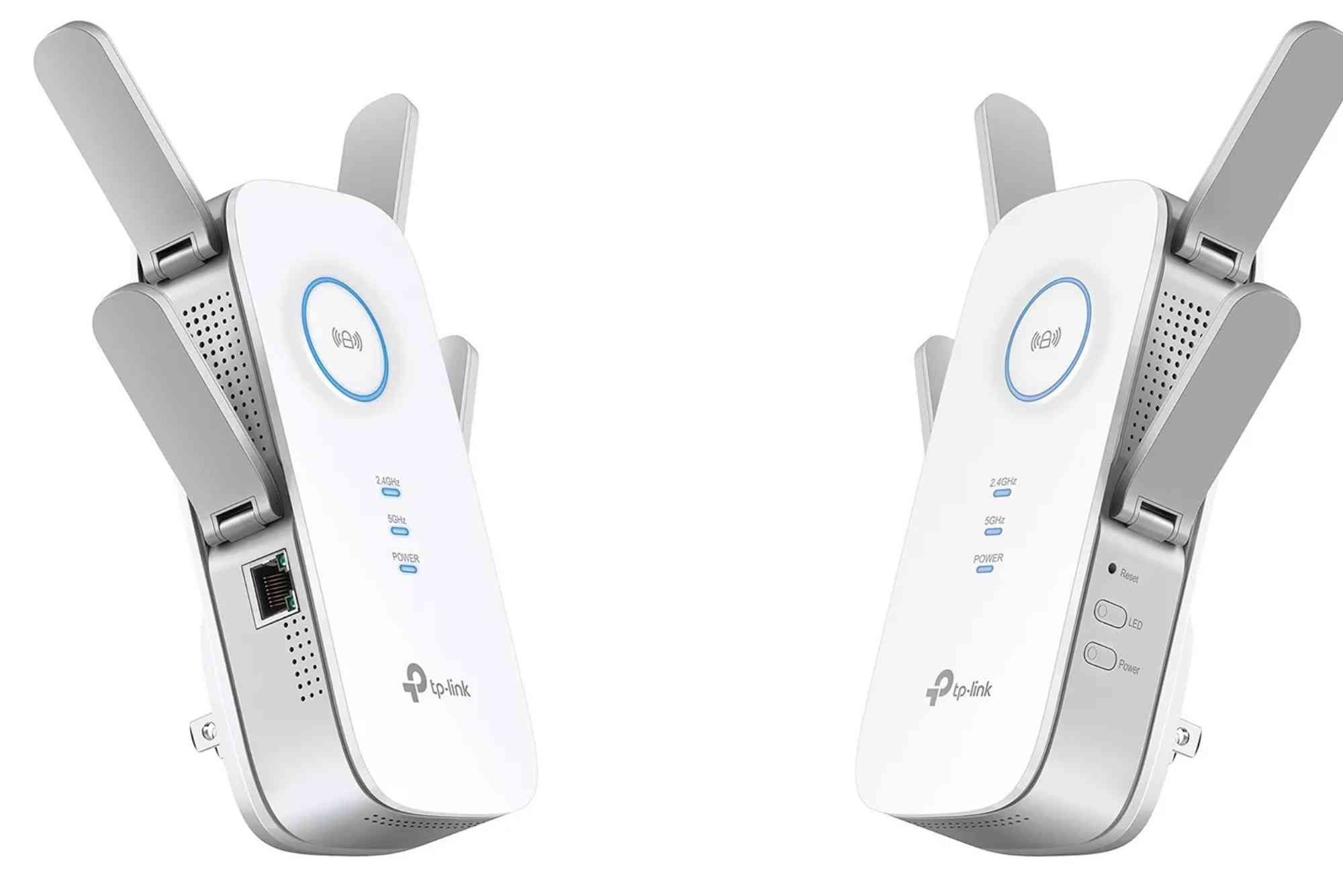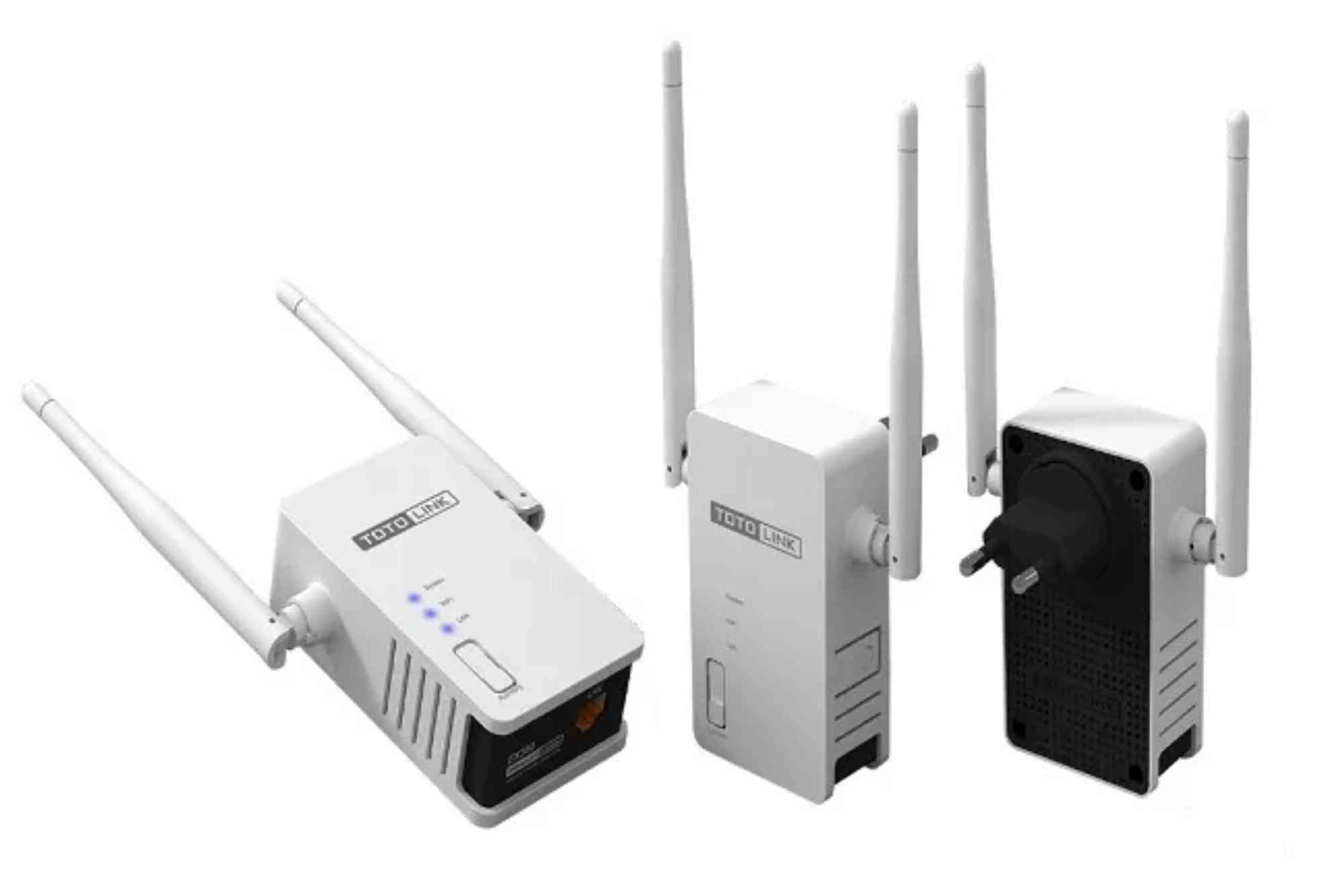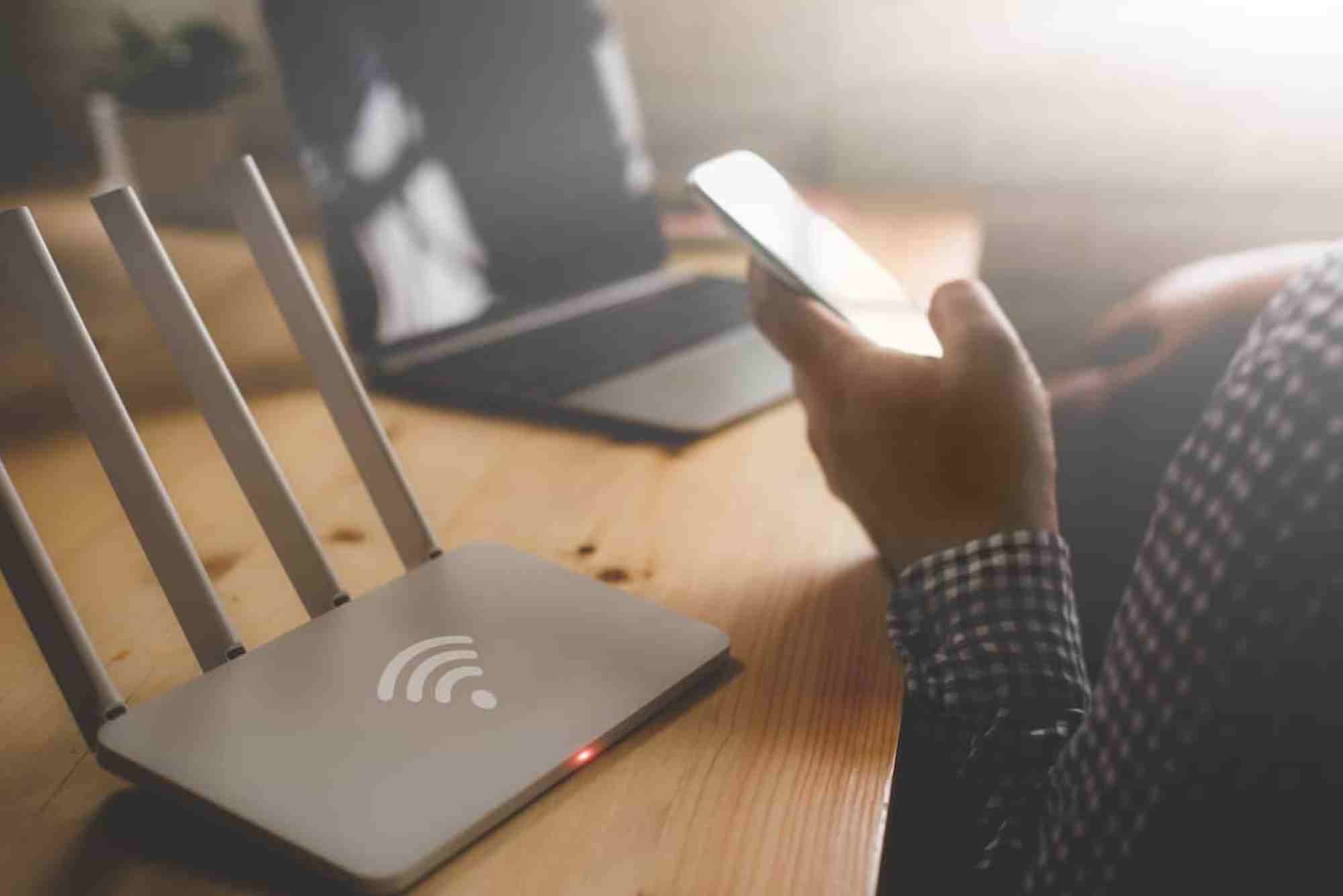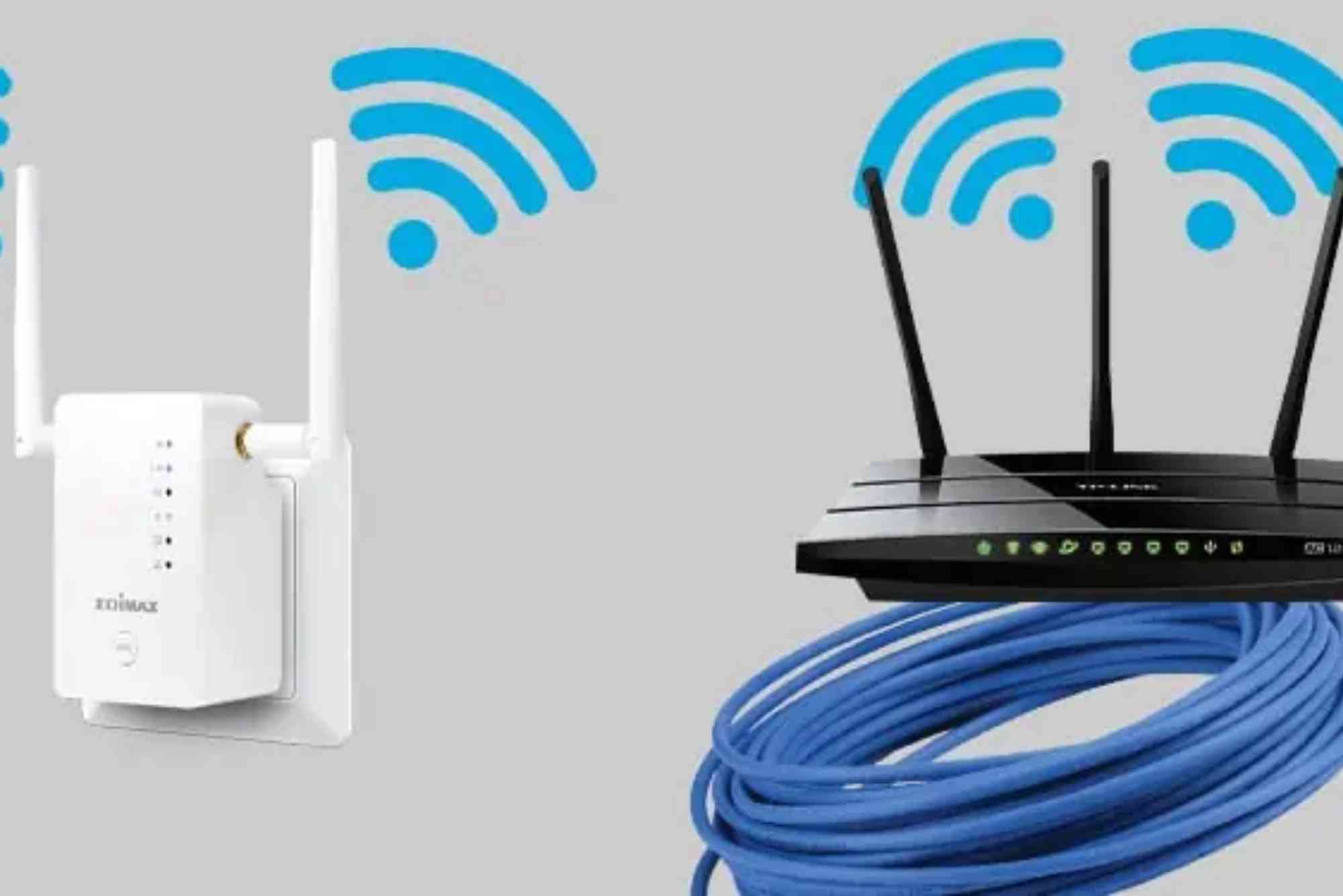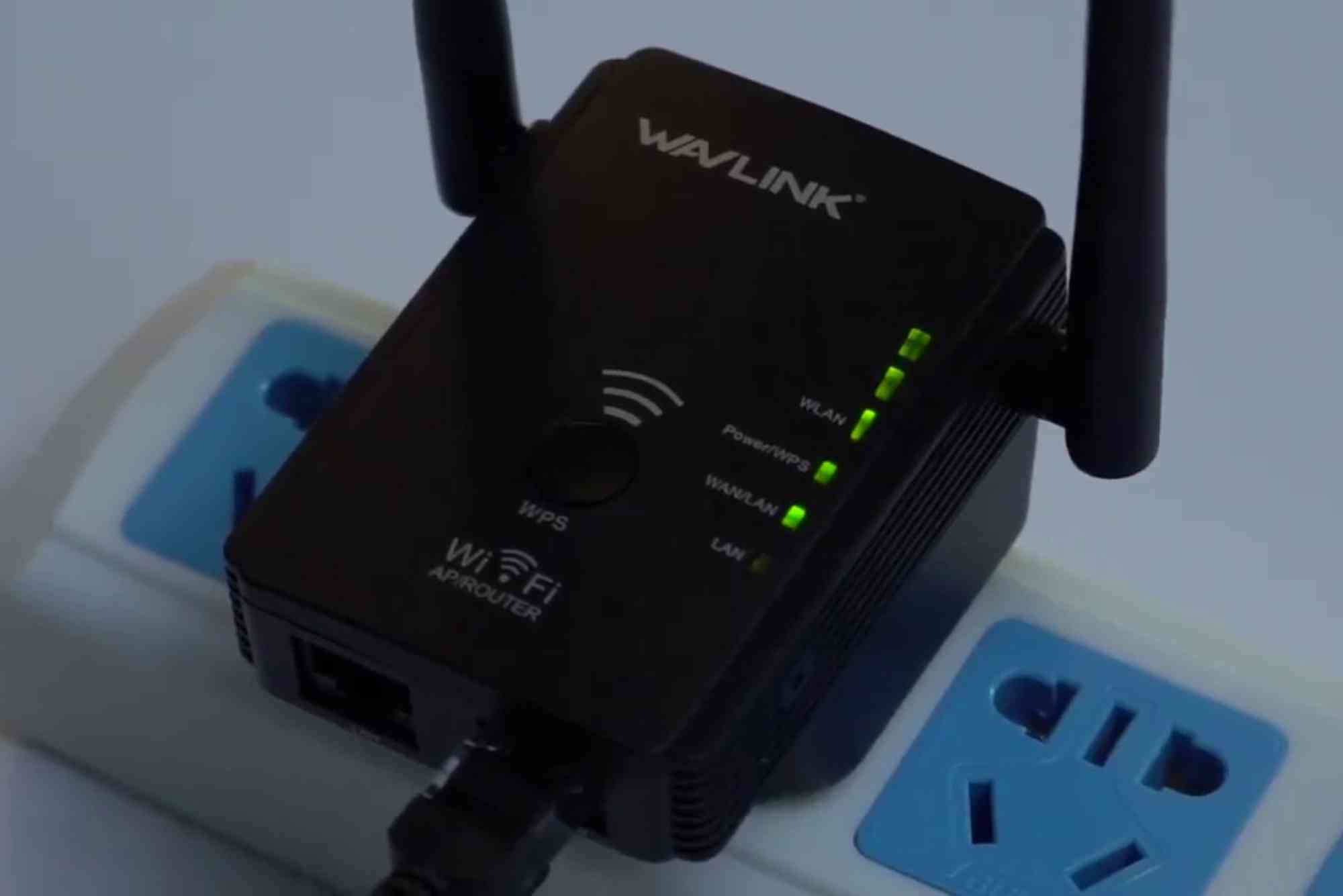How to Troubleshoot Router Connection Drops
A stable internet connection has become essential for work, streaming, gaming, and communication. But what happens when your router keeps disconnecting? Frequent drops can be frustrating, especially during important tasks. Learning how to troubleshoot router connection drops can save you time, reduce stress, and improve productivity. In this guide, we’ll cover expert troubleshooting tips, common causes, and practical fixes to keep your connection running smoothly.
Why Routers Drop Internet Connections
Before solving the problem, it’s important to understand why routers disconnect. A few common issues include:
Weak or unstable ISP signals
Outdated router firmware
Overheating hardware
Wi-Fi interference from nearby devices
Too many devices connected at once
Faulty cables or connectors
Incorrect router placement
By identifying the root cause, you can apply the right fix instead of wasting time on guesswork.
How to Troubleshoot Router Connection Drops
Restart Your Router and Modem
The first step is the simplest—restart your router and modem. This clears temporary glitches and refreshes the connection. Power off the devices, wait 30 seconds, and turn them back on. Many times, this alone resolves the issue.
Check for Overheating Issues
Routers generate heat during operation. If the device overheats, it may shut down or drop connections to protect itself. Make sure your router is placed in a cool, well-ventilated spot. Avoid keeping it inside closed cabinets.
Update Router Firmware
Outdated firmware can lead to compatibility issues and frequent disconnections. Visit the manufacturer’s website or your router’s admin dashboard to check for updates. Keeping firmware current ensures security patches and better stability.
Optimize Router Placement
Router placement is crucial for signal strength. Place it in a central location, away from walls, microwaves, or thick furniture. If your house is large, consider adding Wi-Fi extenders or upgrading to a mesh system for consistent coverage.
Reduce Device Overload
Routers have limits. Too many connected devices—phones, laptops, TVs, smart appliances—can overwhelm the system. Disconnect unused devices or upgrade to a router with higher bandwidth capacity.
Scan for Wi-Fi Interference
Nearby devices like cordless phones, baby monitors, or even your neighbor’s Wi-Fi may interfere with signals. Changing your router’s channel often improves stability. Modern routers offer dual-band (2.4GHz and 5GHz), so switching between them may help reduce interference.
Check Ethernet Cables and Connectors
Damaged or loose cables can interrupt your internet. Inspect the power cables and Ethernet cords for wear and tear. Replace faulty cables to avoid sudden drops.
Reset to Factory Settings
If the issue persists, reset your router to factory settings. This clears misconfigurations. You can usually do this by pressing the reset button for 10–30 seconds. Remember to reconfigure your Wi-Fi network afterward.
Contact Your Internet Service Provider
Sometimes the problem isn’t your router but the service itself. Call your ISP to check for outages, line problems, or configuration issues. For example, Dhanote Internet Services provides reliable support and quick troubleshooting assistance when customers face frequent connection drops.
Advanced Fixes for Persistent Router Issues
Change DNS Settings
Default DNS servers from ISPs can sometimes be slow or unstable. Switching to Google DNS (8.8.8.8, 8.8.4.4) or Cloudflare DNS (1.1.1.1) may improve stability and speed.
Upgrade Your Router
If your router is more than 4–5 years old, it might not handle modern internet demands. Upgrading to a newer model with advanced features like MU-MIMO, beamforming, and mesh compatibility ensures better performance.
Enable QoS (Quality of Service)
Many routers have a QoS feature that prioritizes bandwidth for specific activities, like video calls or gaming. Enabling QoS helps prevent disconnections during high-demand tasks.
Secure Your Network
Unauthorized users consuming your bandwidth can slow down and destabilize your connection. Protect your network with a strong WPA3 password, disable WPS, and regularly monitor connected devices.
Preventive Tips to Avoid Future Router Drops
Reboot your router weekly to clear cache buildup.
Keep firmware and device drivers updated.
Use surge protectors to safeguard against power fluctuations.
Schedule heavy downloads or updates during off-peak hours.
Consider professional installation for complex setups.
By maintaining your network, you reduce the chances of frequent interruptions.
Keep Your Internet Stable
Learning how to troubleshoot router connection drops helps you identify problems quickly and apply practical solutions. From restarting the router and updating firmware to optimizing placement and upgrading hardware, small steps can lead to big improvements in stability. If issues persist, don’t hesitate to contact your ISP for professional support. Reliable providers like Dhanote Internet Services can help ensure your connection stays strong and interruption-free.
FAQs
Why does my router keep disconnecting from Wi-Fi?
Routers disconnect due to interference, outdated firmware, overheating, or overloaded networks. Checking these factors usually solves the issue.
Can a bad router cause constant internet drops?
Yes. Old or faulty routers often struggle with modern bandwidth demands, leading to frequent disconnections. Upgrading usually fixes the problem.
How do I know if my ISP is causing the issue?
Test your connection with a direct wired setup. If drops continue, your ISP may be at fault. Contact their support team.
How often should I replace my router?
On average, routers should be replaced every 4–6 years. This ensures compatibility with updated internet technologies.
What is the difference between modem and router issues?
Modems connect to the ISP, while routers distribute the signal. If a direct connection to the modem is stable, your router is the problem.
Can interference from neighbors affect my Wi-Fi?
Yes. Overlapping channels in apartment complexes often cause instability. Switching channels or upgrading to dual-band routers reduces the problem.
Does resetting the router solve all problems?
A factory reset removes misconfigurations but won’t fix hardware faults or ISP-related issues. Use it as a last resort.

